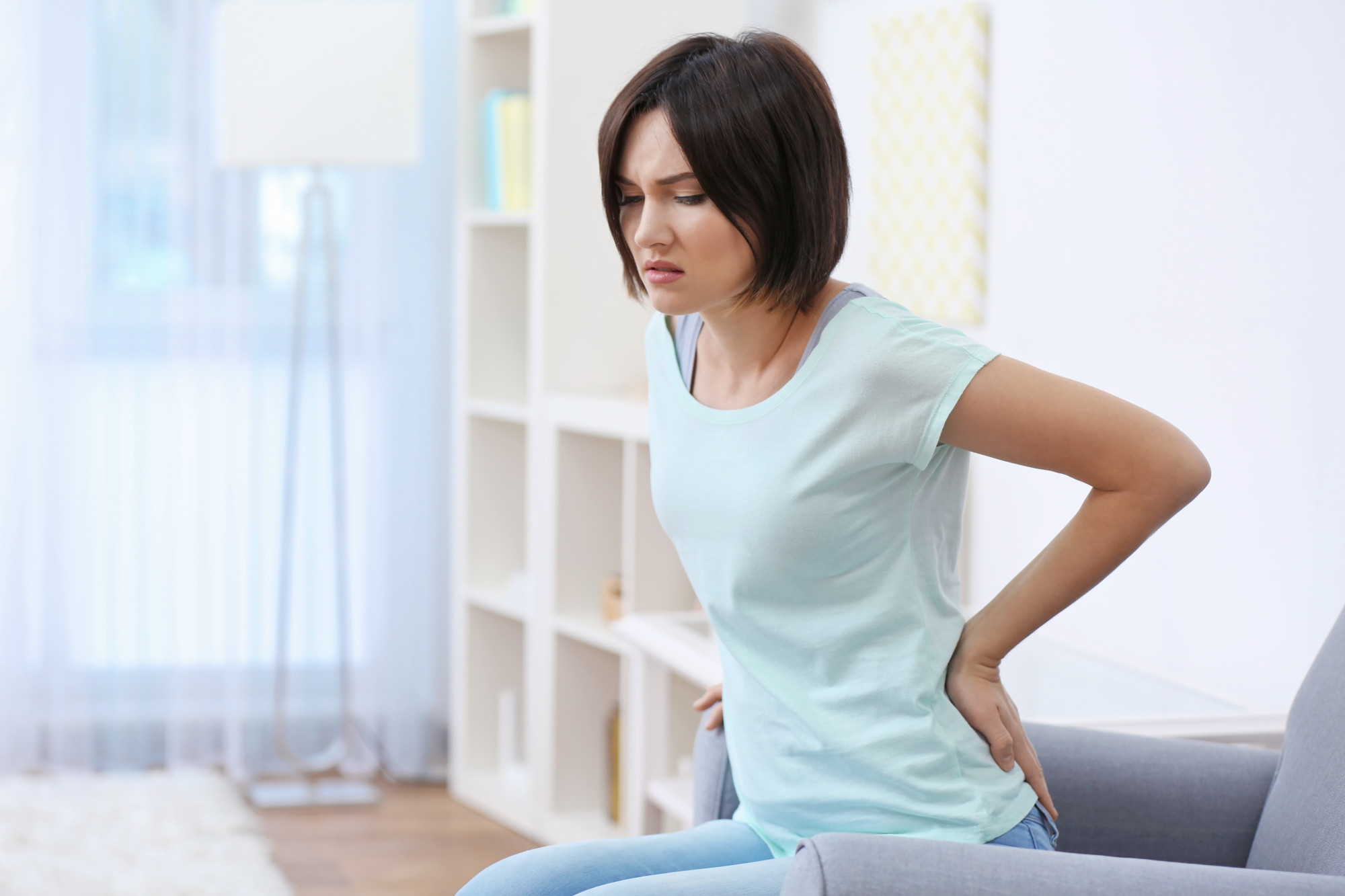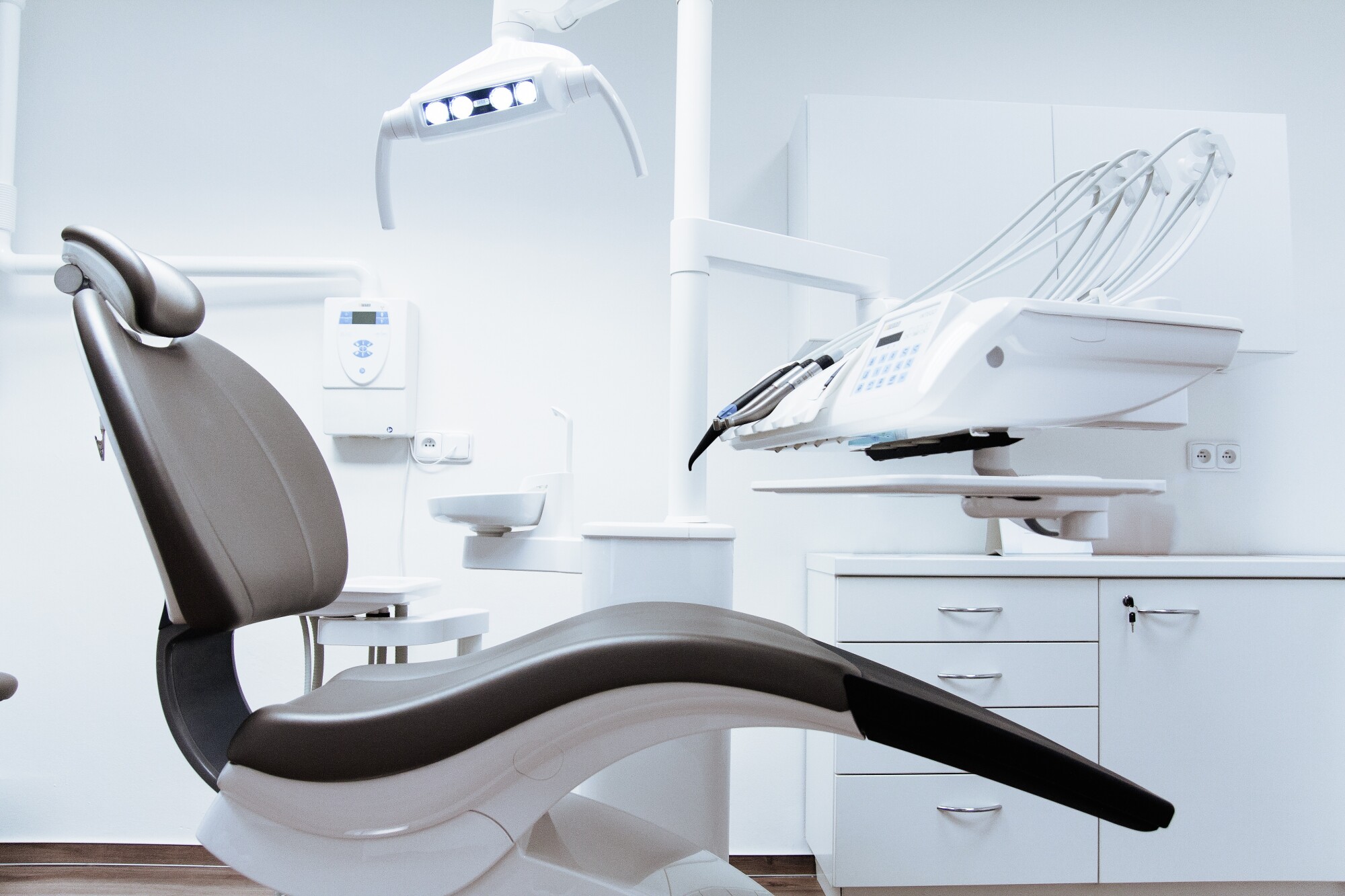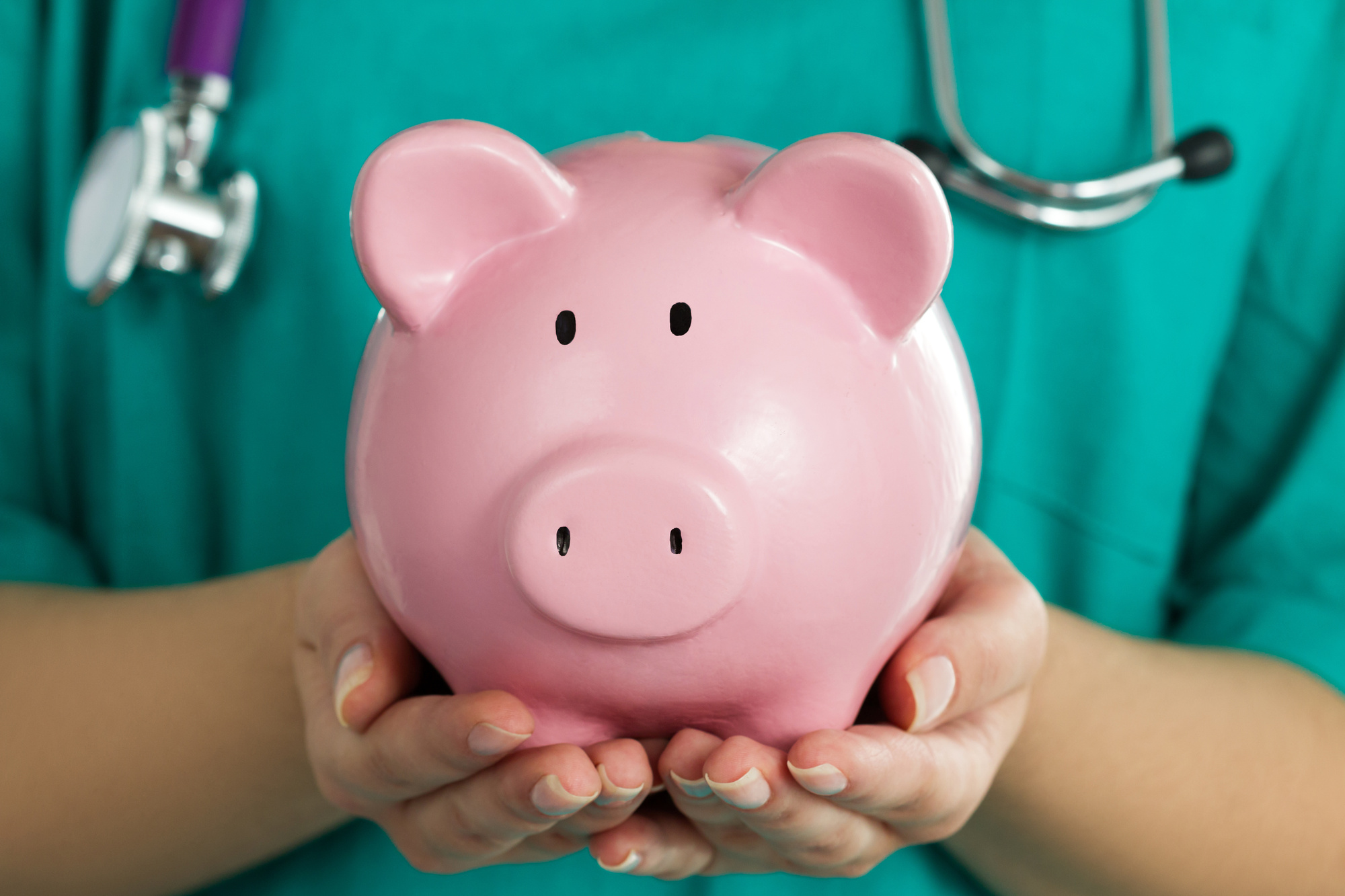How to Treat Back Pain in 5 Simple Steps

Low back pain is a leading cause of disability, affecting about 80 percent of adults at some point in their lives. It can range from mild to severe and may develop over time or occur suddenly following an injury or trauma.
If you’re wondering how to treat back pain, know that there is no one-size-fits-all approach. Treatment options depend on the cause. Generally, physical therapy combined with light exercise, yoga, and stretching can help.
Without proper treatment, back pain may worsen and cause permanent changes to the spine.
Simple tasks like getting out of bed or moving around the house can become a chore. That’s why it’s important to consult a doctor or physiotherapist and determine the root cause of your pain.
In the meantime, there are a couple of things you can do to help your body heal. Follow these five simple steps to treat back pain and get back on your feet.
1. Stretching Can Restore Your Mobility
Stretching is a simple, effective way to ease back pain and restore your range of motion. The key is to do it regularly.
Depending on the cause, stretching alone may not be enough to treat back pain. However, it can provide temporary relief and speed up healing.
In a small study, this form of exercise was used on patients with chronic low back pain. Subjects experienced significant improvements in their symptoms in as little as two weeks.
There are different types of stretches you can perform at home.
Truck rotation, hamstring stretches, and hip flexor stretches are just a few to mention. Again, consistency is the key.
2. Harness the Healing Power of Yoga
Yoga is best known for its ability to relax the mind and body. What you may not know is that it’s also a good way to stretch and strengthen your muscles, including those supporting the spine.
Beware, though — not all poses are safe for back pain. Ask your physiotherapist to recommend those that work best for this condition, or use a trusted source of information to learn what’s safe and what to avoid.
In clinical trials, yoga has been shown effective for the treatment of lower back pain.
As the researchers note, this centuries-old practice may improve psychological symptoms, improve mobility, and reduce disability. Furthermore, it may relieve depression, a common problem among those struggling with debilitating pain.
Both stretching and yoga may help restore your flexibility and range of motion. If possible, try to practice yoga or 15 to 20 minutes every day to reap the benefits.
The following poses are generally safe and may ease your pain:
- Cat-cow pose
- Downward-facing dog
- Sphynx pose
- Locust pose
- Cobra pose
- Bridge pose
- Camel pose
- Dolphin pose
Pay attention to your form. Stop any activity that worsens your symptoms. Perform each pose with a slow, controlled motion and take deep breaths.
3. How to Treat Back Pain with Physiotherapy
Rehab centers worldwide use physical therapy for back pain. This practice is often the first line of treatment and may include massage therapy, stretching and strengthening exercises, balance training, and more.
A recent study assessed the potential benefits of physiotherapy for individuals with non-specific low back pain.
The program included TENS treatment, ultrasonic therapy, and heat therapy. Subjects also exercised regularly and received medical treatment.
This approach improved their symptoms, leading to pain relief. The effects were maintained at a three-month follow-up.
Depending on the cause of pain, your physiotherapist may recommend movements that involve bending forward or backward. Stabilization exercises, manipulation, and mobilization are widely used too.
Pain due to spinal stenosis, for example, may subside with forward-bending movements.
If the muscles that support your spine are weak, your physiotherapist may prescribe stabilization and strengthening exercises.
4. Massage Therapy May Relieve Back Pain
Another widely used form of treatment is massage therapy. Depending on your condition, doctors may prescribe massage alone or as part of a physical therapy program.
A case study indicates that massage therapy may decrease back pain and make daily activities easier. In the long run, it may improve your ability to walk, ride your bike, and move around. In some cases, it may reduce the need for painkillers.
This treatment method can help in several ways.
First of all, it reduces muscle tension and improves your range of motion. Second, it increases blood flow to the affected areas, leading to faster healing.
Furthermore, massage therapy stimulates the release of endorphins, the so-called “feel-good” chemicals.
These compounds promote mental well-being and may help decrease the stress and anxiety experienced by those with back pain. Endorphins also increase your pain threshold, helping you feel better overall.
5. Foam Roll Your Back Pain Away
Have you ever tried foam rolling, or self-myofascial release?
This method is commonly used by athletes and gym-goers to relieve muscle tension and break muscle knots. But it may also help with back pain and increase flexibility.
A foam roller is a cylinder made of foam, which you may use to massage your muscles. Foam rolling may help increase mobility, improve circulation, and speed up recovery from exercise and injuries.
Beware that it’s not recommended to use a foam roller directly on your back.
Instead, try rolling your glutes, lats, or hip flexors. This may help relieve tension in your back without putting pressure on the spine.
Treat Back Pain Naturally
As you see, there are plenty of ways to relieve back pain and regain your mobility. Before popping pills, try the above methods for a few weeks or months. See a doctor if your symptoms persist or worsen.
Still wondering how to treat back pain naturally?
Browse our Physical Wellness section for other tips! We’ll teach you more about chiropractic care, back exercises, topical ointments, and other treatments used in pain therapy.



